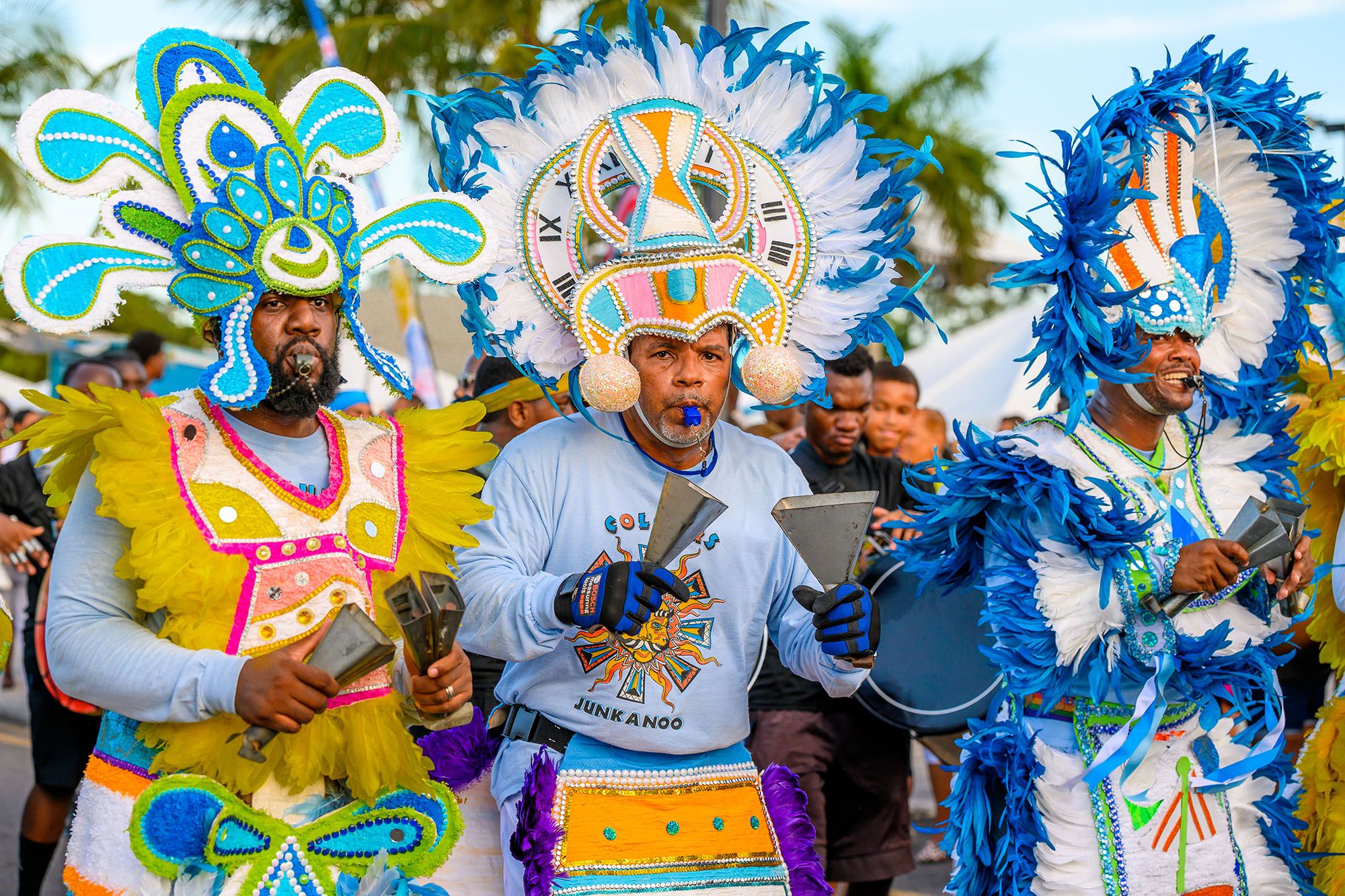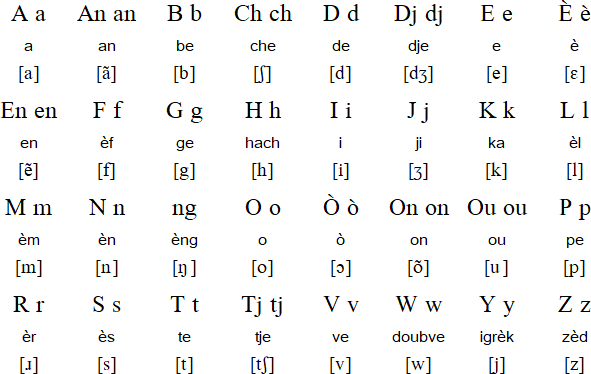Creolization in Caribbean Music- "English-speaking"
Portfolio- Chapter One
There are numerous examples of creolization that can be found in Chapter 1 of Tour de Force. In this section, I will provide two examples:
- Goombay is one of the Bahamas' musical genres. About the Tour de Force, Goombay is a Bahamian music genre distinguished by a goombay style and a goombay-specific drum. It includes strong rhythms, melodies, and an acoustic instrumental sound. Goombay songs, like calypso, often feature lyrics that address current events and social issues. As a result, it is considered a local version of Calypso.
The following website describes this creolized music a bit more "https://www.bahamasentertainers.com/copy- 2-of-background."
From that webpage, we can learn the following about Goombay music:
- Goombay music, like Trinidadian calypso music, features simple chord progressions.
- Goombay drumming patterns are highly rhythmic and resemble jazz improvisations.
- The songs contain a lot of historical content.
- Goombay is the official dance music of The Bahamas.
Photo taken from: Junkanoo.jpg (2000×1333) (sandals.com)
Photo taken from: Nassau-Bahamas-Junkanoo-Parade-festival--1200x853.jpg (1200×853) (matadornetwork.com)
The Photos above show the various instruments used within the Goombay genre, which are the trumpets, cowbells, drums, and guitar.
Below is a famous Bahamian Goombay artist who goes by the name "Blind Blake"
Photo taken from hqdefault.jpg (480×360) (ytimg.com)
Below is a video of the famous Goombay artist in action
Video taken from: https://youtu.be/zaZEreMGW0o?si=Tqn8nWQ3alXmXiGo
I chose this video because I felt it perfectly represented the Goombay genre, as it features the artist Blind Blake at the Royal Victoria Hotel. It also included the guitar, banjo, maracas, and double bass. The song also has a variety of stylistic features; you can hear the calypso in the song because it includes a maraca and a guitar, but you can also hear the Goombay in the lyrics. The lyrics in this song refer to a historical event in which King Edward left his throne for love.
2. Jamaica is a country in the Greater Antilles that serves as our next musical genre destination. According to the Tour de Force, Mento is thought to be the common ancestor of most Jamaican musical styles.
This musical genre employs instruments such as the guitar, banjo, hand drums, and rumba box (a large thumb piano). Continuing, the lyrics are typically topical, bawdy, and not political.
The following website article more about the Mento Genre "htts://jamaicansmusic.com/
The web article highlights that Mento is often confused with Calypso and can be identified by its distinct acoustic sounds.
• Jamaican folk music known as mento predates Ska and Reggae and has had a significant impact on these genres.
• Jamaican folk music known as mento predates Ska and Reggae and has had a significant impact on these genres.
• Mento music and rhythms reflect centuries of creolization through African and European historical styles and traditions.
In this style, here are some instruments, artists, and performances:
In this style, here are some instruments, artists, and performances:
Photo taken from: d316a07a9349c91bbe818f473f7a5e5b.jpg (1600×1071) (pinimg.com)
Below is one of my favorite songs called Long Time Gal by Louise Bennett
Video taken from: https://youtu.be/_Fy39wPedmY?si=_ugAC9CBg2Z61UR-
Wait! It gets better! Creolization affects many different aspects of culture. The one I'm going with is Language.
From "https://www.worldatlas.com/articles/what-languages-are-spoken-in-saint-lucia.html." Patois or Patwa is also known as Saint Lucian Creole French. Nearly 95% of the local population speaks this language.
Additionally, a creolized description is available at "https://omniglot.com/writing/saintluciancreole.htm". Some points from the webpage about this creolized language include:
• French-based creole known as Saint Lucian Creole is spoken in Saint Lucia.
• Saint Lucian Creole is also known as Grenadian Creole French, or Kwéyl.
Attached below is an image of the Saint Lucian creole language, alphabet, and pronunciation
Photo taken from: saintluciancreole.gif (591×374) (omniglot.com)
References:





Comments
Post a Comment